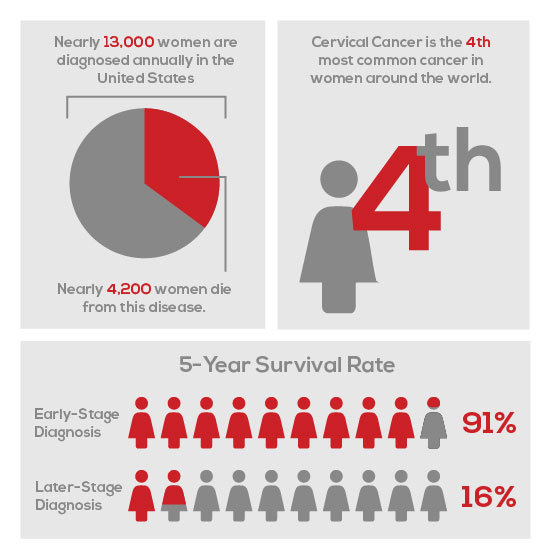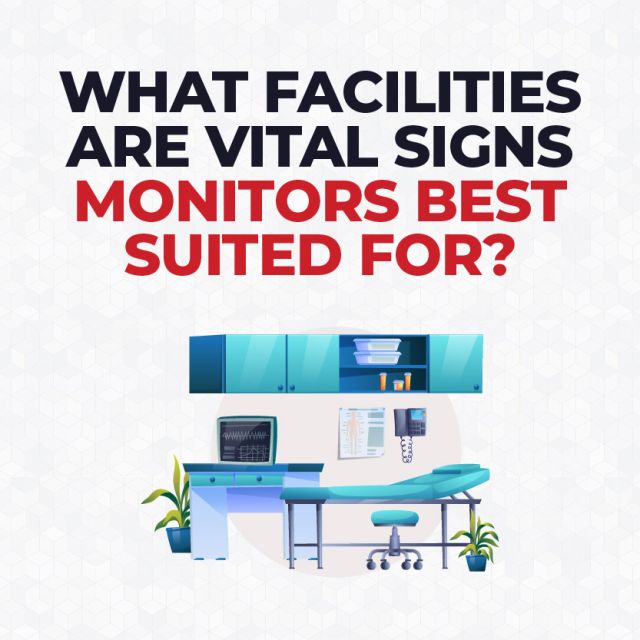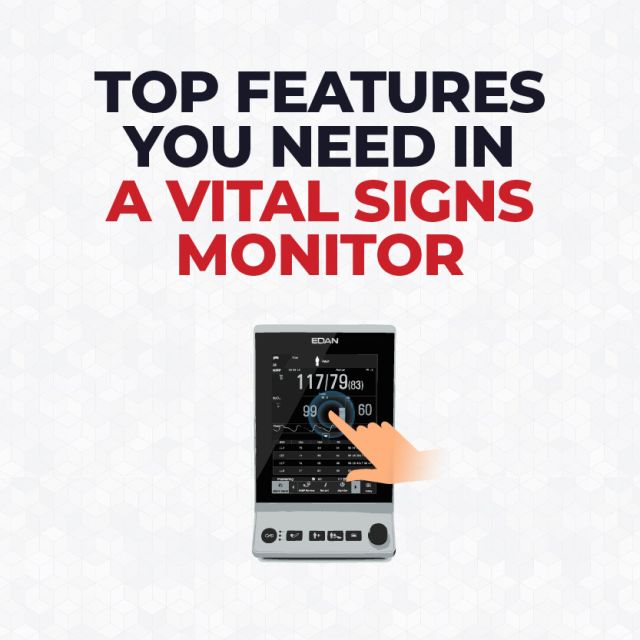New Year’s Resolution: Take Charge of Your Cervical Health

2021 poses an opportunity to make life-changing new year’s resolutions. This January, make a resolution to take charge of your cervical health.
During January 2021’s Cervical Cancer Awareness Month, we’re recognizing the importance of maintaining cervical health and the steps you can take to reduce your risk of cervical cancer. According to the Prevent Cancer Foundation, over 13,000 women are diagnosed with cervical cancer each year. Mayo Clinic defines cervical cancer as a form of cancer that’s spread from the surface of the cervix to deeper tissue. In addition, out of the 13,000 diagnosed women, nearly 4,200 die from this disease. However, with technological advancements & the invention of the pap smear, the death rate from cervical cancer has substantially decreased.
Cervical Cancer Risk Factors
Several risk factors can increase your chances of developing cervical cancer. In addition, when considering risk factors it’s important to focus on things that can be changed or avoided. For example, avoiding smoking and HPV is more important than emphasizing age and family history.
Below is a full list of common cervical cancer risk factors:
- Being over 30 years old & having an uncleared HPV infection
- Having sex at an early age
- Having multiple sex partners
- Failing to have regular screenings
- Smoking
- Using birth control pills for an extended period of time
- Having a weakened immune system
- Being overweight or obese
- Having a close relative who has had cervical cancer
- Being exposed to DES before birth

Prevention & Early Diagnosis
In most western countries cervical cancer is highly preventable. This is mostly due to readily available screening tests and HPV vaccinations. In fact, with regular screenings and follow-up, cervical cancer can be easy to prevent. There are two screening tests that can help prevent cervical cancer or fight it early. First, is the Pap Smear test which looks for precancers, or cell changes on the cervix that could become cervical cancer if not treated. Second, is the HPV test which looks for the virus causing cell changes. Above all, the most important thing you can do to protect your cervical health is getting screenings twice a year, starting at age 21. Studies have shown if cervical cancer is found early it can be easily treated. Therefore, resulting in higher survival rates and a better quality of life.
Works Cited:
“Cervical Cancer.” Mayo Clinic, Mayo Foundation for Medical Education and Research, 31 July 2019, www.mayoclinic.org/diseases-conditions/cervical-cancer/symptoms-causes/syc-20352501.
“Cervical Cancer.” Prevent Cancer Foundation, 7 Oct. 2020, www.preventcancer.org/education/preventable-cancers/cervical/.
“Cervical Health Awareness Month.” Prevent Cancer Foundation, www.preventcancer.org/event/cervical-health-awareness-month-2021/.







